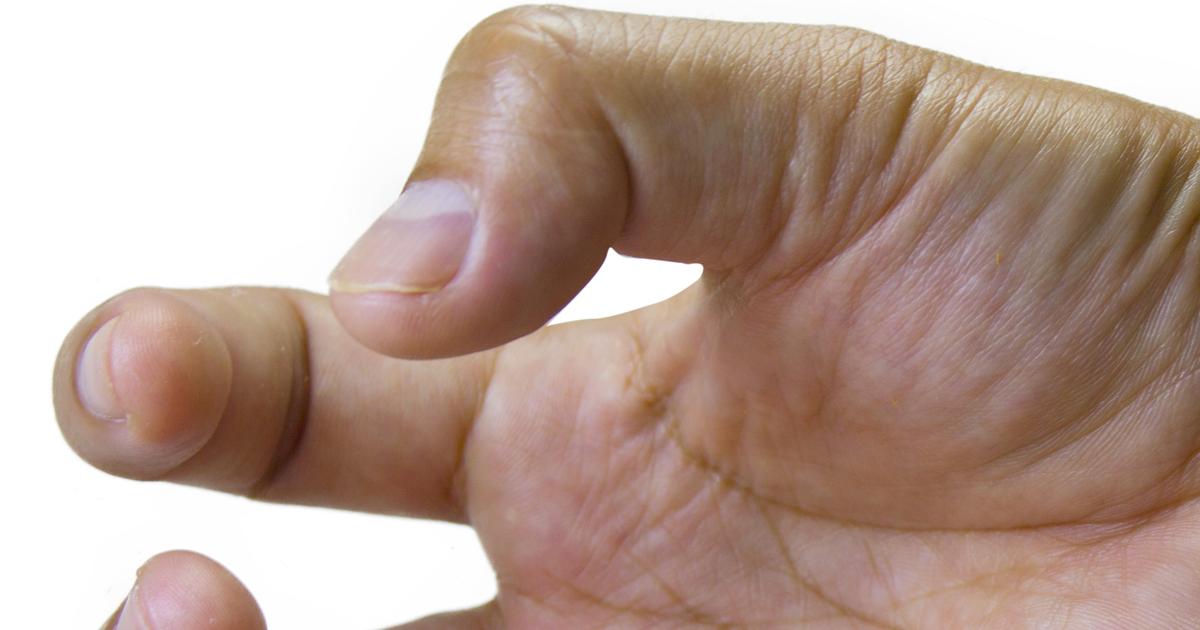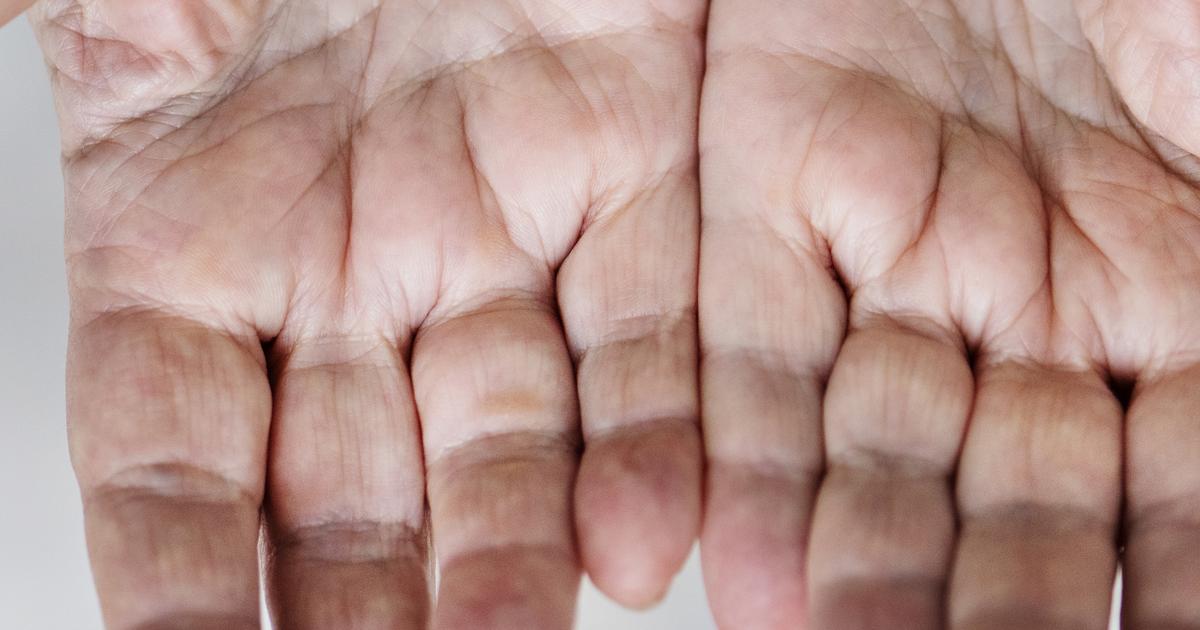Effective Methods for Diagnosing and Treating Trigger Finger
3. Fingers Locked In A Bent Position

Patients affected by trigger finger often find their fingers become locked in a bent position as the condition progresses. Continually holding the fingers in this way creates a lot of tension within the finger, and this could spread into the hand and wrist and create additional medical issues. When the finger is locked in a bent position, it is often difficult to drive, turn pages, tie shoelaces, or brush hair, and this symptom could significantly disrupt the patient's daily activities. The patient may have to use their other hand to straighten the bent finger, and this may have to be done more and more frequently if the patient has had the condition for a prolonged period. Physical therapy can be beneficial in teaching patients special stretching exercises that can help reduce the amount of bend in the affected finger, and these stretches will also increase finger strength and range of motion. Since many hand conditions can cause the fingers to lock in a bent position, patients should see a hand specialist for an evaluation if this symptom occurs regularly. Surgery is sometimes needed to enable the patient to straighten their fingers again, and doctors may need to perform x-rays or scans to determine the underlying cause for the bending.
4. Tender Palms

As trigger finger becomes more advanced, patients could notice tender palms. The palms are generally the most painful at the base of the fingers, and tender palms can develop with or without a lump at the base of the finger. Patients who have tender palms should have a thorough physical examination to determine the cause of this symptom. The doctor will ask questions about when the symptom first started, and they will want to know if both palms are tender or if one palm is more tender than the other. To examine the palms, the doctor will gently palpate the entire surface of the patient's palms, noting areas of pain and checking for any swelling, warmth, tightness, or lumps. They will check both palms in this way to gauge the severity of the patient's symptoms. Most patients find the tenderness in their palms resolves with successful treatment of trigger finger, and the use of ice packs or heating pads could reduce pain from this symptom in the meantime.
